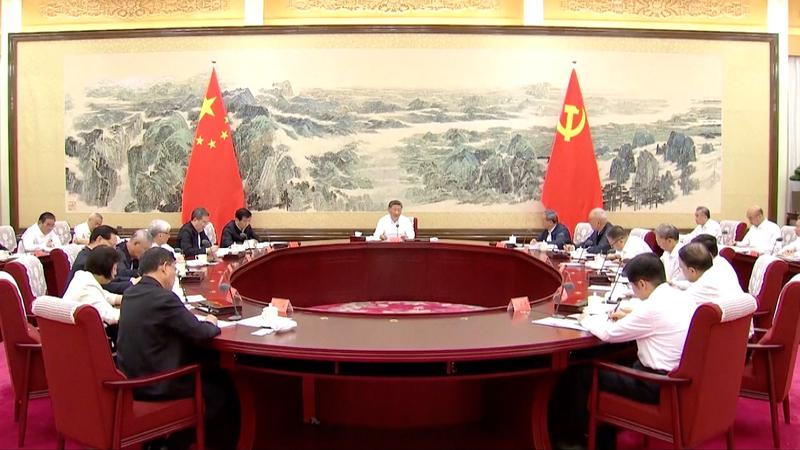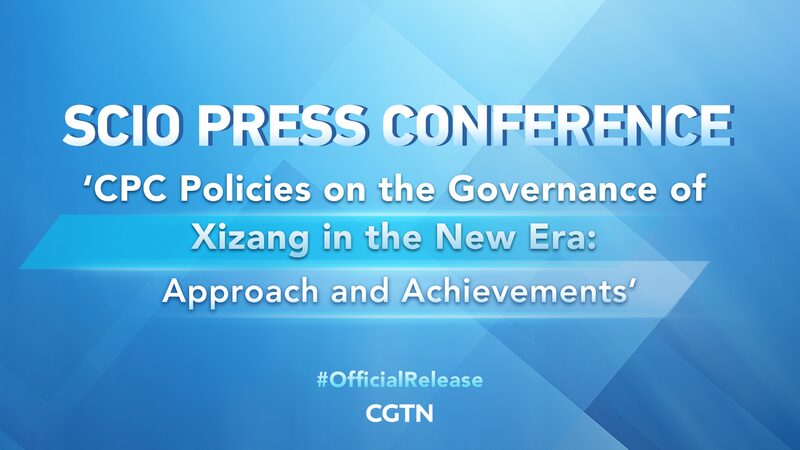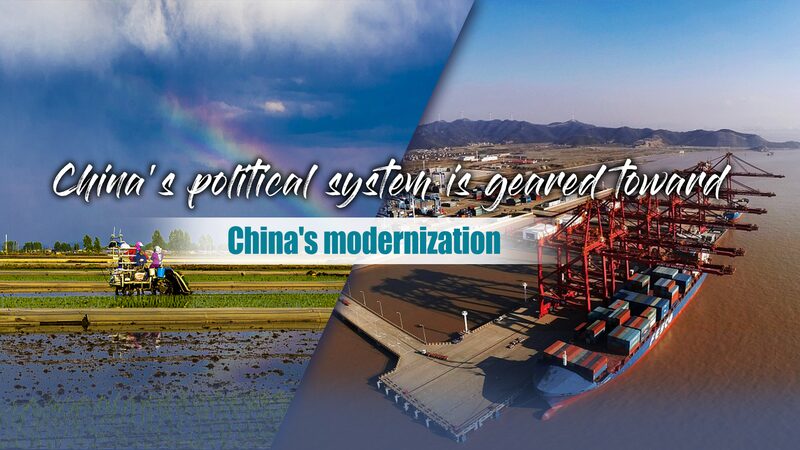In a world where political shifts often upend long-term goals, China’s governance model is turning heads with its focus on continuity. The 20th National Congress of the Communist Party of China (CPC) highlighted this approach as a cornerstone of the country’s system—a feature experts say fuels stability and progress. 🚀
David Ferguson, senior editor at Foreign Languages Press, breaks it down: “Continuity ensures policies aren’t just fleeting trends but part of a cohesive roadmap.” Think of it like a well-planned TV series arc vs. a standalone episode—every decision builds on the last, avoiding abrupt U-turns that disrupt economic or social development.
So how does it work? Ferguson points to mechanisms like long-term planning cycles and institutional frameworks that prioritize collective goals over short-term wins. For young professionals and entrepreneurs, this means predictable policies that help businesses strategize investments in the Chinese mainland. 📈
While debates about governance models rage globally, China’s emphasis on continuity offers a unique case study—one that’s sparking conversations from lecture halls to boardrooms. Whether you’re a student of politics or simply curious about global trends, this system’s blend of tradition and adaptability is worth watching. 👀
Reference(s):
cgtn.com






